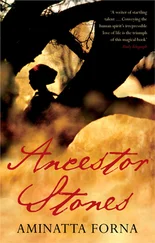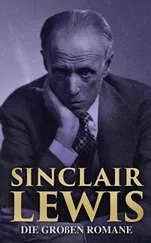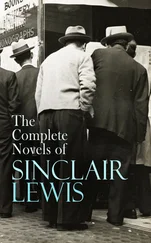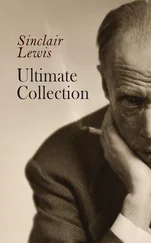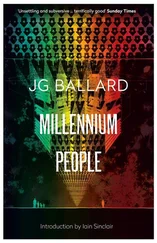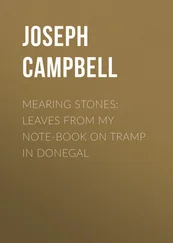Were we old enough — to dance? Old in habits, certainly. I scanned the ads in the newsagent’s window, before he could pull down the shutters. Historic steel boat once owned by Edith Piaf. Diesel Engine. 3 berths . A photograph. Like a Dunkirk survivor. Seen some parties, that one, dancing to a portable radio on French rivers. We should learn how to leave the past alone, let light decay at its own volition. Maybe those New Puritans were right: no back story, no complexity, no adjectives.‘A man walks up to the bar and orders
Leave Ollie and Kaporal alone. Take them out of the story. Junk the A13 material. Grant Arthur Norton’s Peruvian journey its intrinsic mystery. He was there, he vanished. So what? Nothing to do with me. I don’t want the prints from the Kodak. I’ll dance. We’ll have a few drinks, walk across the road to the sea. You can still hear the piano from the hotel. Full moon. Crane up. Audience restless, glutted with references. Overload. Make it simple. Man, woman, bench. Finish.
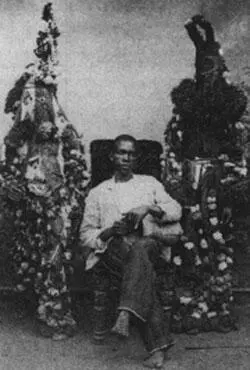
I searched for the bar, someone had moved it (from its position in Marina’s typescript). As in a temperance hotel, it had been hidden: alcohol available — if strictly necessary — on prescription. The barman was a person of restricted growth who had left a travelling circus and found steady employment staying out of sight. His eyes glared at you between the olives and the dead peanuts.
‘Two gin and tonics. Please.’
‘Ice and lemon?’
He made it sound like a perversion.
‘No,’ I said. I didn’t have time to watch him mount his block, juggle with cubes, claw a sacrificial citrus fruit and massacre it with nail scissors.
Before I could sneak a look inside her bulging leather satchel, Marina returned from her face-repair operation. I wouldn’t have done it anyway. I didn’t want to know. For the first time, in months, I was perfectly content to be where I was: soft chair, attractive woman, warm gin.
‘Keith Baynes worked from Cunard Court, it’s true. You must have seen View from My Window, St Leonards (c. 1965) in the Hastings Museum catalogue. No middle distance: sofa, yachts. But that other, madder sequence, with the agitated cushions, choppy sea
It wasn’t just her face, the whole look had received a major rethink. I thought I was safe with the ankle-boots, she couldn’t dance in those. Marina had executed a complete costume change, Cyd Charisse heels, gardenia in hair, a spangly black number that flashed like a case of eels.
‘It’s our song.’
I held her, I knew that much. The white piano sounded like ice cubes dropping into a tin bath. Marina was enjoying herself. We performed — without flourishes, twirls, the moves you used to see illustrated in the picture strips, footprints only, with little arrows: one-two-three, one-two-three, one-two-three, one. She tucked her head on my shoulder: smoke and soap, nothing that helped me fix my memories of a past that hadn’t yet happened.
‘Baynes kept a room in this hotel. He entertained. So the skewed perspective makes sense: it never was Cunard Court. And there’s something else. He fell out of a tree as a kid, haemorrhaged, lost the sight of one eye.’
I shouldn’t squeeze so hard. I knew how easily Marina bruised. Knew? I met the woman for the first time today. Orange-brown marks slowly darkening, as fingerprints faded in the flesh of her arms, the remembered intensity of an afternoon encounter.
‘A career of inaction,’ Marina said. ‘The doctors advised him to live quietly in the country, on the coast. Close enough to imagine France, but not close enough to experience it: drains, garlic, muscular sailors in striped vests.’
‘Blind in one eye?’
‘Nice man, by all accounts. Slightly bewildered, they say, by what was happening around him. Never quite sure if the yachts had sailed into his room, or if he had drifted out to join them.’
His friend Othon Friesz reported: ‘Light is sometimes arbitrary and shadows omitted.’
One-eyed visions from an English hotel. Displacement strategies made possible by a private income too modest to draw attention to itself.
We returned to our table. I collected another round. Marina was smoking. She didn’t share my inhibitions; she’d taken the portrait of Arthur Norton, the one from San Francisco, out of my bag, and she was twisting it around in her hands (purple-black nails), holding it close, holding it away. Everything short of licking it for flavour.
‘Of interest?’ I asked. I too had my secrets.
‘Another dance. I’m enjoying myself. You think that’s supposed to be Latin-American?’
She could carry it off, with her look, Mediterranean, sallow on the fresh side of jaundice, but it was too much for me. Marina didn’t have natural rhythm, she had style: she shimmered. Men watched her. Women watched her. It never fades. I kept out of the way, making random gestures with my arms, listening to my joints creak.
‘My great-grandfather,’ I said. When we collapsed at the table. ‘Arthur Norton. In San Francisco? I have no idea what he was doing there.’
‘I know,’ Marina replied. ‘Read this while I freshen our drinks.’
She made it easy. Passages marked with coloured stickers. Yet another book. Motion Studies: Time, Space and Eadweard Muybridge by Rebecca Solnit. Muybridge, the stop-motion man, inspiration for Duchamp and Francis Bacon, didn’t do portraits. What possible connection could there be with Arthur, the card that Marina was busily interrogating?
I ignored her markers and flicked idly through reproductions of naked women with basins of water, an old man (Muybridge himself) marching with formidable length of stride (fit but mad), a group of Shoshone Indians squatting alongside the Central Pacific Railroad. Great images. But no trace, thank god, of the Norton portrait. Muybridge kept the world at a distance, clouds, athletes, urban panoramas. Solnit had picked a good subject.
‘Rebecca’s a chum.’
Marina, saving time, brought the bottle.
‘I stayed with her in San Francisco. She took me on the Muybridge trail. Read page forty-two. Then go back to thirty-five.’
‘Later, perhaps.’
‘Now, read it. Then we’ll go up to my room. The one in which Baynes used to stay.’
He documented several groups of Native Americans, a few Chinese miners and city dwellers but made no known portraits. His photograph of Emperor Norton on a bicycle is as close as he got — literally as close, for though Muybridge photographed individuals a few more times and made hundreds of motion studies of men and women, he never photographed anyone as close-up as portraiture requires, never depicted them as expressive faces rather than representative bodies. It says much about him that he always kept his distance.
‘Norton? “Emperor” Norton? Who is that? ’
I had to know, the irrational impulse that keeps you going, to the very last page, when you understand, deep down, there is nothing ahead: banal twist, tawdry revelation, fraudulent closure.
‘Norton is as close as Muybridge ever came to taking a portrait.’
The absurdity of this man’s imperial title made me think of Conrad’s silver-financed Central American republic (ingots shipped directly to San Francisco). It brought back my conman ancestor, Sir Gregor MacGregor, ‘Cazique’ of the Mosquito Coast. I fell for it, I reached for Marina’s slender pink marker.
Norton, an English Jew who came to California via South Africa, initially made a fortune speculating in foodstuffs. In 1853, he tried to corner the rice market at twelve cents a pound, only to be ruined when Peruvian ships sailed in full of rice at three cents a pound. He apparently cracked under the strain of the crisis, then re-emerged in 1859 with a proclamation he gave to the San Francisco Daily Evening Bulletin to publish, announcing he was emperor of the United States. Later he added ‘and Protector of Mexico’ to his title … He wandered the city, graciously receiving homage, chastising the disrespectful, and taking tribute in the form of free meals, free clothes, and small sums of money given for his irredeemable bonds, printed free by local shops. His career as emperor was made by the collusion of the citizens of San Francisco and the newspapers that published his edicts, the accounts of his fantastic and entirely fictitious travels to Ceylon, Australia, Tasmania and Peru. In the photograph Muybridge made of Norton sitting on a bicycle in the late 1860s, he is a solid middle-aged man looking down at his handle-bars with a frown of concentration, more serious than his gaudy uniform with its tarnished epaulets.
Читать дальше





